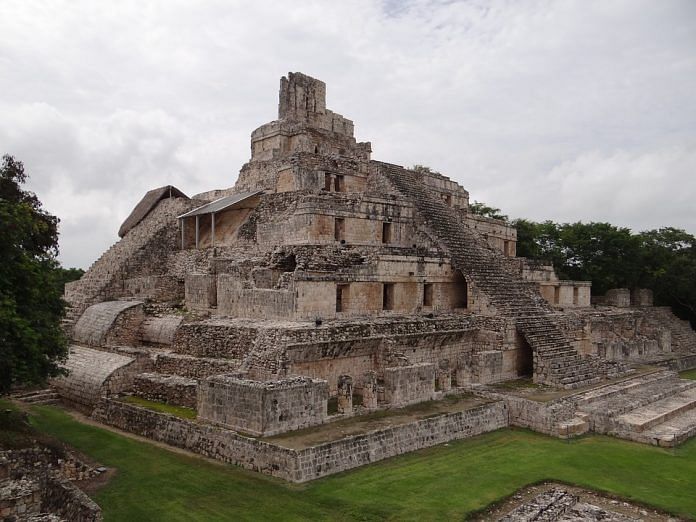Reporting science has become more mainstream in media around the world and India is also catching up quickly. But latest scientific research is published in a variety of journals, making it hard for readers to keep track. What’s harder is understanding the crux of a scientific finding with the relevant context and without misinterpretation. We at ThePrint focus on covering science news in India, but want our readers to be updated on the latest global findings as well.
ScientiFix, our weekly feature, will offer you a summary of the top global science stories of the week, with links to the best sources to read them. It’s your fix to stay on top of the latest in science.
Laser mapping shows new images of underground ancient Mayan complex
Over a course of two weeks in 2016, planes equipped with lasers, flying over Guatemala with the intention of mapping out Mayan cities hidden under the thick jungle canopy, mapped out incredibly complex and sophisticated cities built between 650 and 800 BCE. This archaeological survey, published in journal Science Thursday, has added 61,480 structures to the Mayan map of the region, including roads, canals, farms, fortresses, and more.
Read the Wired story here.
Also read: Greening may not be the answer to a warming planet
Methane gas is bubbling out of thawing lakes in Arctic
As the global temperatures increase, the melting ice releases carbon dioxide trapped in it, along with sometimes deadly diseases whose virus had been frozen in the ice. As this ice melts further in the Arctic, methane, one of the most dangerous greenhouse gases, is now getting released. What’s scary is that this isn’t gas trapped in ice, it is exposed fossil fuel that is interacting with the atmosphere. Furthermore, it is happening at quite a massive scale, throwing our planet into bigger peril than we anticipated.
Washington Post has a detailed piece here.
Cat-like early mega dinosaur unearthed in South Africa
Most of our dinosaur discoveries have been the ones that lived 150 to 65 million years ago. But in South Africa, palaeontologists have found something much older, a predecessor of the famous leaf-eating Brontosaurus from Jurassic Park. The discovery of cat-like Ledumahadi mafube itself isn’t new but it took over two decades for palaeontologists to piece together and realise the puzzle which was first laid in 1990.
Read the National Geographic piece here.
PCBs from decades ago now wiping out killer whales
Polychlorinated biphenyl (PCB), a banned polymer that was used in large-scale in the ’60s and ’70s, is now found to be killing orcas/killer whales in the oceans. Used for industrial purposes, PCBs are now being found in the blubber of killer whales, having travelled up in the food chain via planktons through smaller fish. In several parts of the world, the killer whale is under the threat of population collapse. Since only the production of PCBs is banned, they are still widely present.
Here’s a New York Times explainer to read.
Also read: Archeologist who found 4,500-yr-old skeletons in Haryana doesn’t buy Aryan invasion theory
The 13 recipients of prestigious SSB Prize for Science and Technology 2018
Meet this year’s 13 Shanti Swarup Bhatnagar Prize winners across the different fields of science, technology, and engineering. The SSB prize is one of India’s highest accolades given to scientists who’ve made outstanding contributions to their fields. It is awarded by CSIR on the 26 September each year.
Read ThePrint report here.
All-female termite colony reproducing without males
Japanese researchers studying termite colonies have discovered all-female termite colonies that seem to have dispensed with the need for males for reproduction. Among four of Japan’s islands, two have the customary 50-50 population ratio, while two have colonies that have zero males. This was further confirmed by observing the females’ semen bag: after mating, many females store semen in a pouch but these colonies had empty pouches. Through asexual reproduction, unfertilised eggs are hatched regularly to produce more females.
Smithsonian.com has a detailed story.



